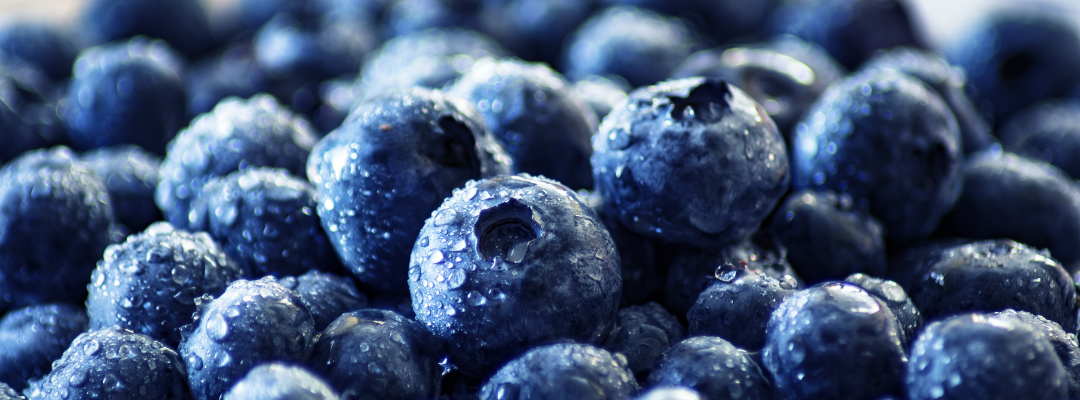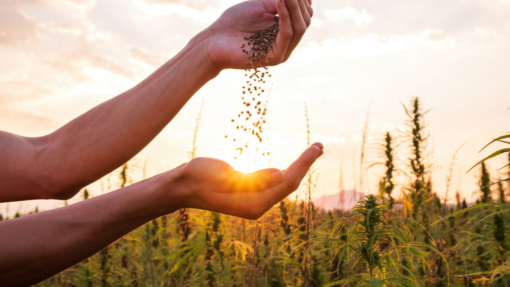Highly Pathogenic Avian Influenza (HPAI) is once again rearing its ugly head across the poultry industry. This year’s bird flu outbreak has taken millions of birds from the commercial broiler industry, egg industry, and turkey industry. According to USDA numbers as of March 21, 2022, a grand total of 11,901,888 commercial birds have been destroyed from control efforts in confirmed cases of highly pathogenic avian influenza (https://www.aphis.usda.gov/aphis/ourfocus/animalhealth/animal-disease-information/avian/avian-influenza/hpai-2022/2022-hpai-commercial-backyard-flocks the current count at the time of this printing may be higher). This number is sobering but is thankfully still much less than the over 50 million chickens and turkeys destroyed during the 2014-2015 outbreak. Considering the Delmarva area as part of the southeastern poultry region, 3.59 million birds have been lost to HPAI thus far in the southeast alone. 32% of these, or 1.1 million, have been broiler type birds.
Table 1: Total Bird Losses due to HPAI for Southeastern Poultry Industry (as of 3/21/22)
| Delaware | Maryland | Missouri | Kentucky | Total | |
| Broilers | 421,800 | 150,000 | 360,000 | 231,398 | 2,310,135 |
| Layers | 1,146,937 | 1,160,333 | 1,160,333 | ||
| Turkeys | 62,785 | 53,286 | 116,071 | ||
| Total | 1,568,737 | 1,310,333 | 422,785 | 284,684 | 3,586,539 |
Focusing on Broiler Impacts
Since the southeastern poultry region is considered the “broiler belt”, and the highest percentage of losses in that region has been broilers, let’s focus on that impact. How do these losses compare to the total inventory of broiler type birds in this region? If you take the recent 2020 USDA inventory data (which excludes LA) and estimate a 2% inventory increase over the last two years, the southeastern region currently has approximately 9 billion live broilers in inventory. Losing 1.1 million broilers equates to losing 0.013% of the total inventory of the region – which doesn’t sound like much when you put it in those terms. Estimated total dollar value lost is a little more impactful number. Using an average live weight of 6.4# per broiler with a 75% dressing percentage and current combined southern states average traded value of $0.64 per pound of chicken, the lost broilers represent a total dollar value of $3,573,344 in lost revenue to the industry. According to a recent report from the National Chicken Council’s (https://www.nationalchickencouncil.org/wp-content/uploads/2022/03/Live-Chicken-Production-FARMECON-LLC-2022-revision-FINAL.pdf), the current average contract broiler pay rate across companies was estimated at $0.0676 / pound of live bird delivered to the plant. Using this rate, $503,246, or roughly 7% of the total industry value, would have gone to the contract broiler growers raising these birds. For these individual commercial poultry growers, the loss of a flock could represent up to 25% of their annual revenue and could be truly devastating to their operations.
Is There Relief in Sight?
The U.S. Department of Agriculture and state level agencies have the responsibility of protecting the nation’s agricultural industry population from disease outbreaks. Everyone involved in commercial poultry is focusing on tight biosecurity to avoid the HPAI losses seen in 2014-2015. Unfortunately, HPAI infection means mass depopulations. Fortunately, the Animal Health Protection Act authorizes USDA to provide indemnity payments to producers for birds and eggs lost due to HPAI, including costs of actual depopulation and mortality disposal. While these payments may not completely cover all losses, and this program does not cover losses incurred through additional out-times or other future business interruptions, they can go a long way to securing the future of the farm in the face of these catastrophic situations. Poultry growers can go to https://www.aphis.usda.gov/publications/animal_health/2016/hpai-indemnity.pdf for additional HPAI indemnity program information.
Brothers, Dennis. “The Cost of Avian Influenza to the Southeastern Broiler Industry“. Southern Ag Today 2(14.2). March 29, 2022. Permalink









